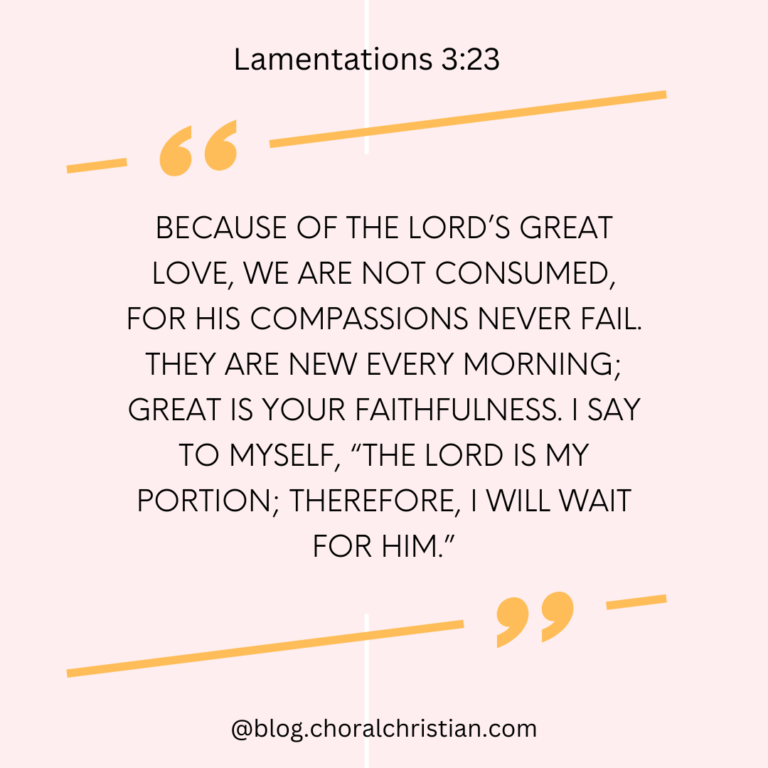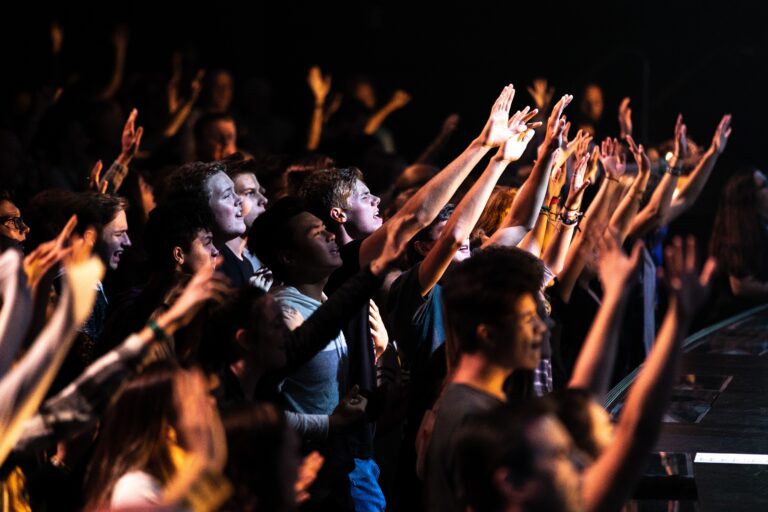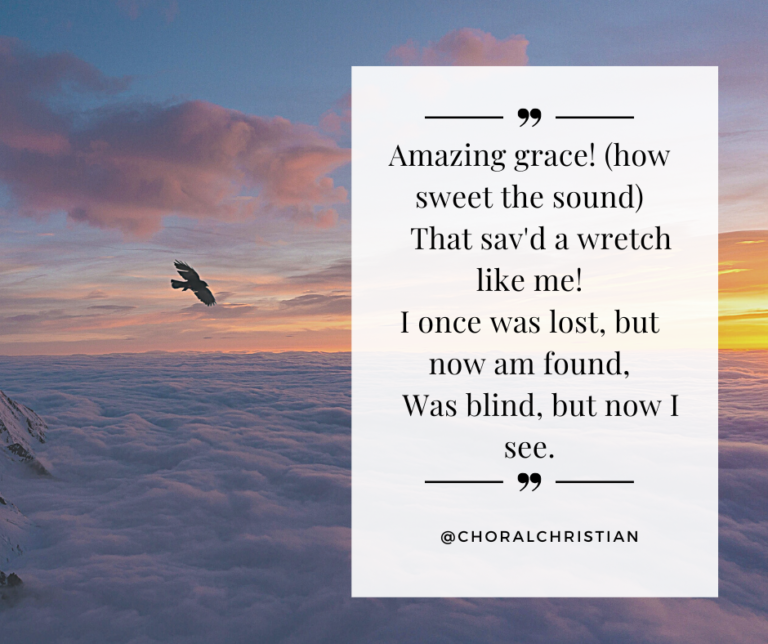Choral music
Definitions
Music: Music is defined by the Concise Oxford Dictionary as “the art of mixing vocal or instrumental sounds (or both) to achieve beauty of form, harmony, and expression of emotion”.
Choral music: Choral music is music written for and sung by a choir.
Choir: A choir or chorus is a collection of singers who perform music together as a group. Other words for choir include “chorale” or “chorus”.
Choirs can perform without instrumental accompaniment, with piano or pipe organ accompaniment, a small ensemble, or an orchestra.
Choral music is music composed expressly for such a group. Choirs may perform music from the classical or popular music repertoire, which runs from the Middle Ages to the present.
Most choirs are led by a director who uses arm, hand, and facial movements to coordinate the performances.
Functions of choirs In worship services
Music is a very important part of Christian worship. Here are some ways in which choirs function in worship services.
1) Accompaniment
Most Eastern Orthodox Christian churches, and some American Protestant groups and traditional Jewish synagogues, do not use musical instruments to accompany their songs.
The organ is normally the accompanying instrument in Western Rite churches, while the Moravian Church employed groups of strings and winds in colonial America.
Many contemporary worship churches utilize a small amplified band to accompany the singing, and Roman Catholic parishes may use additional symphonic accompaniment at their discretion.
2) Liturgical function
Some church choirs sing whole liturgies, in addition to directing singing in which the congregation participates, such as hymns and service music. This is most prominent in The Anglican and Roman Catholic churches.
Types of choirs
Gender and age are two of the most common ways to categorize choirs, as these elements have a significant impact on how a choir sounds and what music it performs.
A mixed choir of adults (with male and female voices) is the most popular and dominant. It includes soprano, alto, tenor, and bass voices (abbreviated SATB).
We can have a choir consisting of SSAATTBB voices. Here, each vocal is divided into two parts.
There is also the SATBSATB format, where the choir is divided into two semi-independent four-part choirs.
Stage Arrangements
Different people have different opinions on how choir sections should be arranged on stage.
It is the conductor’s decision on where the different voice types are placed. In symphonic choirs, the choir is usually positioned behind the orchestra from the highest to the lowest voices from left to right, corresponding to the typical string layout.
In a cappella or piano-accompanied situations, it is quite common for the men to be in the back and the women in front; some conductors prefer to place basses directly behind the sopranos, the argument being that the outer voices need to be tuned by each other.
History
The origins of choral music are found in traditional music. Singing in big groups is widespread in traditional cultures – in unison, like in Ancient Greece, and in harmony, like in contemporary European choral music.
The oldest choral repertoire existing is that of ancient Greece. In it, the 2nd century AD. hymns of Mesomedes and the 2nd century BC Delphic hymns are the most complete.




Medieval music
The earliest western European notated music is the Gregorian chant, along with a few other types of chant which were later subsumed by the Catholic Church.
This tradition of unison choir singing has existed from around the times of St. Ambrose (4th century) and Gregory the Great (6th century) up to the present.
In the later Middle Ages, a new type of singing involving multiple melodic parts, called organum, became predominant for certain functions. This polyphony was initially sung solely by soloists.
Renaissance music
Sacred choral music was the main type of formally noted musics during the Renaissance in western Europe. Throughout the era, hundreds of masses and motets were composed for a cappella choir, though there is some dispute over the role of instruments during certain periods and in certain areas.
Giovanni Pierluigi da Palestrina, Guillaume Dufay, William Byrd, Josquin des Prez, and John Dunstable are some of the better-known composers of this time.
The glories of Renaissance polyphony were choral, sung by choirs of great skill and distinction all over Europe.
Throughout the world today, choral music from this period continues to be popular.
Baroque music
We associate the Baroque period in music with the development of the figured bass and the basso continuo system around 1600.
The basso continuo group performed the figured bass part. It was made up of at least a bass instrument like a violone and a chord-playing instrument like the pipe organ.
Baroque vocal music explored dramatic implications in the realm of solo vocal music, such as the monodies of the Florentine Camerata and the development of early opera.
We find in George Frideric Handel‘s works, notably Messiah and Israel in Egypt, a pinnacle of baroque choral music, (particularly oratorio).
While the modern chorus of hundreds had to wait for the growth of Choral Societies and his centennial commemoration concert, we find him already using a variety of performing forces, from the soloists of the Chandos Anthems to larger groups:
Classical and Romantic music
Composers of the late 18th century became fascinated with the new possibilities of the symphony and other instrumental music, and neglected choral music. Mozart‘s mostly sacred choral works such as the “Great” Mass in C minor and Requiem in D minor (which is highly regarded) stand out as some of his greatest works.
It was towards the end of his life that Haydn became more interested in choral music, in the aftermath of his visits to England in the 1790s. There, he had heard various Handel oratorios performed by enormous forces. From 1797, he wrote a series of masses and his two great oratorios; The Creation and The Seasons.
Beethoven wrote only two masses, both intended for liturgical use. His Missa solemnis is however suitable only for the grandest ceremonies because of how long and difficulty it is. With his Ninth Symphony and Choral Fantasia he championed the use of chorus as part of symphonic texture.
20th and 21st centuries
Choruses also have social-service functions apart from their role in entertainment and liturgy. These include its role in mental health treatment or in therapy for disadvantaged people and homeless people.




